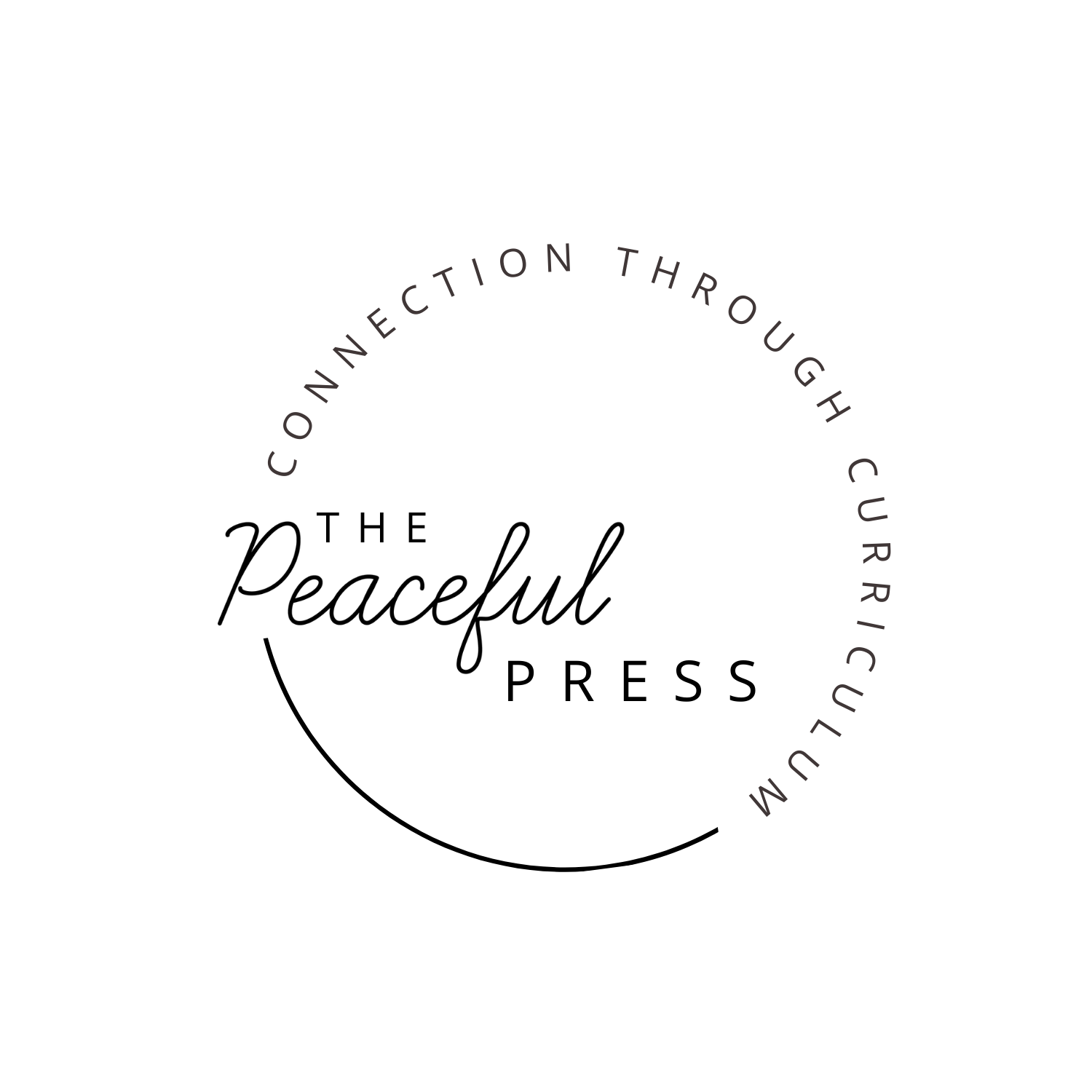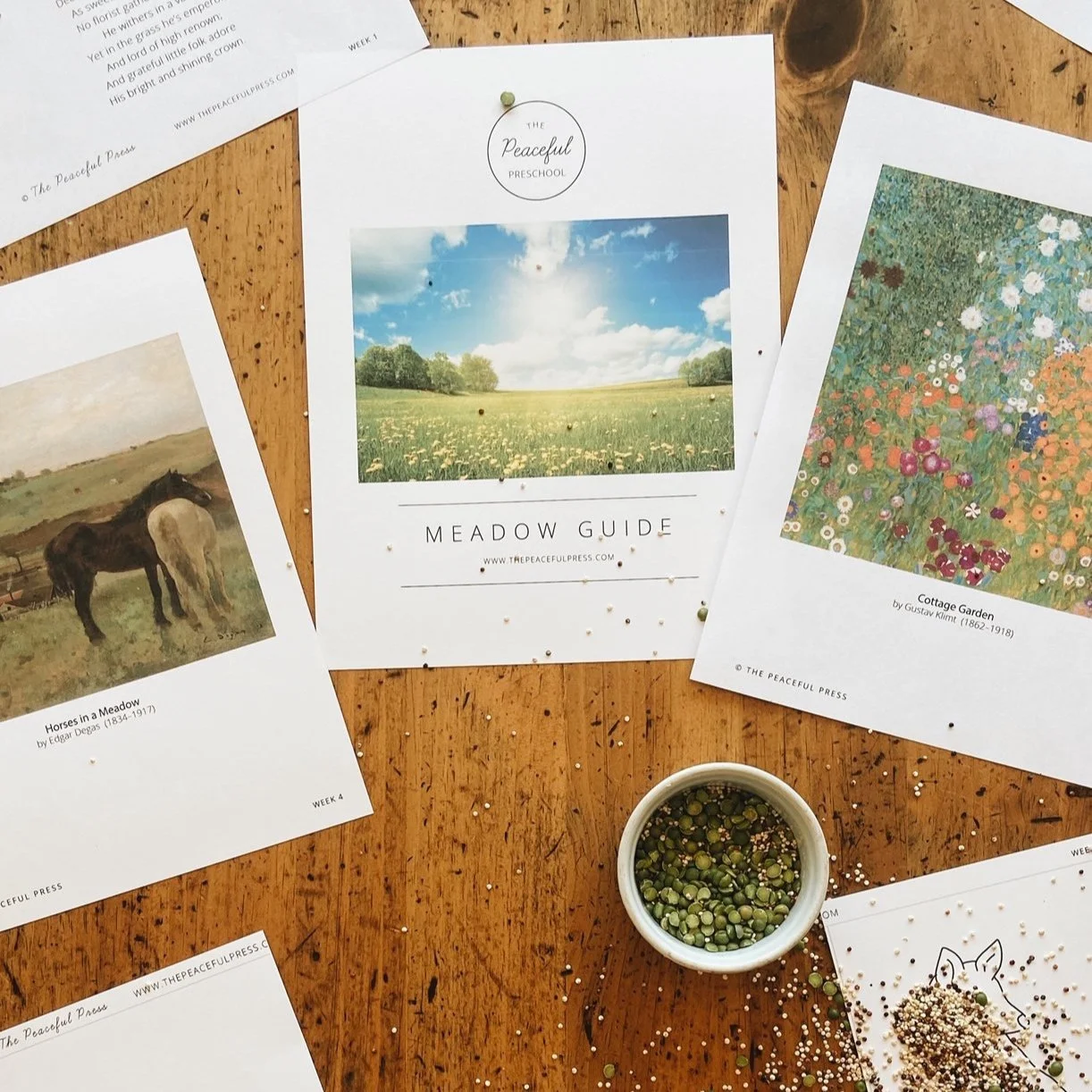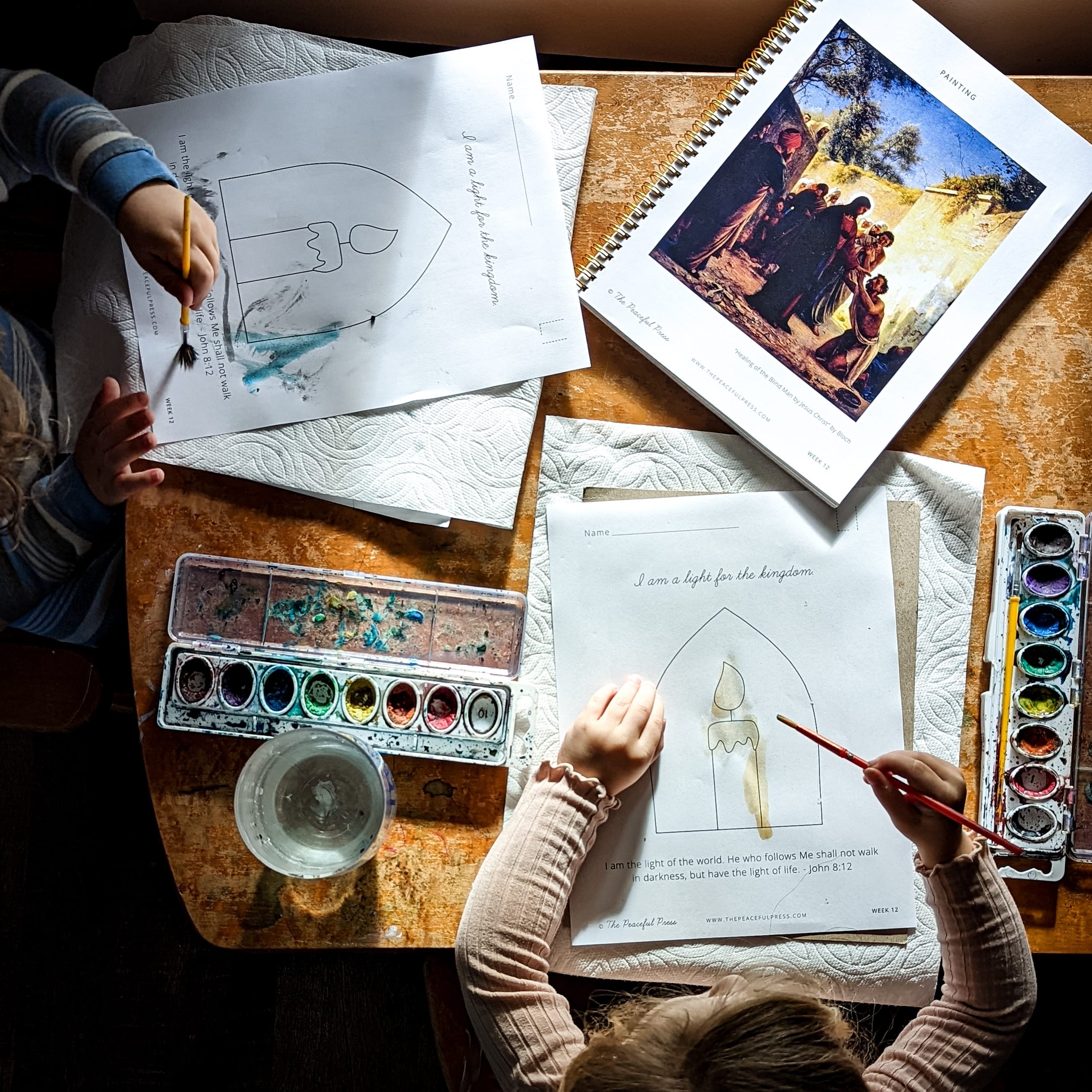Happy Birthday World-Rosh Hashanah Activities for Children
Our newest curriculum, The Precious People, includes celebrations of several ancient feast days to bring what we are learning to life through food and fun. Enjoy this guest post about one of these festivals.
Rosh HaShanah is the Jewish New Year. It is the first in a series of holidays that mark the fall feasts. Rosh HaShanah are Hebrew words that mean “beginning of the year”. It falls on the first day of the month Tishri in the lunar based Hebrew calendar.
The month before Rosh HaShanah, the month of Elul, is a time of preparation. The Jewish person looks deep inside his soul, at all the actions he has done over the past year; of all the words he has spoken. Were they loving and good? Where is there room for improvement? How has he behaved before G-d and before his fellow man? Has he or she been generous, patient, kind and forgiving? It is a time of repentance and cleansing or purification, not just internally, but externally. The home is made spic and span; new clothes are bought; special foods prepared for the feasts that lie ahead. Each day in the morning, the shofar, or ram's horn is blown. Its loud booming sound is supposed to wake up the sleeping soul. “Get ready! Get ready to stand before the Lord!!”
Rosh HaShanah begins the period known as the Ten Days of Awe or Days of Repentance between the New Year and the Day of Atonement, Yom Kippur. Jewish people throughout the world celebrate Rosh HaShanah. In America, it is customary to send New Year cards to friends and family. The greetings read “L'Shannah tovah tickateyvu!” which means “May you be inscribed for a good year!” It is a family time; a time not only to attend synagogue, but to enjoy a big meal with family and friends. In Israel, it is a time of gift giving – usually something for the home, such as flowers or sweet foods.
Many families celebrate the holiday with a seder, a ritual meal with special foods, prayers and blessings to bring in the New Year. At the beginning of the meal, at sunset, the women of the home light two candles and say a blessing. It is a way of sanctifying, or making holy this time. A special prayer is recited by all, thanking G-d for preserving us and bringing us to this holy time. The father sings the blessing over the wine; the hands are washed with accompanying blessings, and then there is the blessing over the bread.
On the Sabbath day, there are two loves of freshly baked challah, a light and sweet egg bread that has been braided into three parts. On Rosh HaShanah, the challah is round in a crownlike spiral. This represents the cycle of the year as well as the fact that G-d is the King. At the meal, it is customary to eat sweet foods, most notably apples dipped in honey for a sweet year. The apples are raised up, and all present at the table say to each other; “May it be thy will, O Lord, to grant us a sweet and happy year.”
At Synagogue many prayers are said: prayers of repentance; prayers for forgiveness and mercy; prayers of thanks for the past year; and prayers for a good year. Besides the many prayers, the Torah (the first five books of the Scriptures) is chanted in Hebrew from a handwritten scroll. If the New Year does not fall on a Sabbath, the ram's horn, the shofar, is blown (blowing the shofar is extremely hard work, so if it is Shabbat or Sabbath, no work can be done). It reminds the Jewish people of the shofar blasts as Moses received the Ten Commandments on Mount Sinai. In the afternoon, many Jews gather near a flowing body of water for the tashlikh, or “you will cast” service. Often crumbs are carried in the pockets, symbols of broken promises, sins, bad attitudes, which are thrown into the water as a symbol “to cast all sins into the depths of the sea.”
For the Jews of Israel most holidays only last one day, but outside of the land of Israel, holidays are celebrated for two days. Because Jewish time is marked from the beginning of the creation of the world, Rosh HaShanah, 2018 is actually the beginning of the year 5779.
Rosh HaShanah Seder
Items needed:
2 white candles (or pure beeswax candles)
1 cup/glass red wine or grape juice
1 round challah bread
1 large round plate containing the following items
*a pomegranate
dates
apple slices
honey
(some seder customs add other foods and blessings as well)
Order (seder) of Blessings: (in English)
Blessing over candle lighting:
Blessed are You, O Lord, our G-d, King of the universe, who sanctifies us by His commandments and ordains us to light the Holy Day lights. Amen.
Thanks for the season:
Blessed are You, O Lord, our G-d,
king of the universe, who has kept us in life and sustained us and enabled us to reach this season. Amen.
Blessing over wine (or grape juice):
Blessed are You, O Lord, our G-d, King of the universe, who gives us the fruit of the vine. Amen.
Blessing before hand washing:
Blessed are You O Lord, our G-d, King of the universe who ordains us to wash . our hands... forgive me my sins and wash away my iniquities. Amen.
Blessing over bread:
Blessed are You, O Lord, our G-d, who brings forth bread from the earth. Amen.
Raise the pomegranate and say:
May it be G-d's will that our lives may be as full of good deeds as the pomegranate is with seeds. All respond: AMEN!!!
Raise the dates and say:
May it be Your will, O Lord, that we would have a year of peace. All say: AMEN!!!
Dip the apple slices (or challah) into the honey. Distribute and say:
May you renew us for a good year, a happy year, a healthy hear, a holy year, and may we all be inscribed in the Book of Life. All say: Amen!!!
Say all together:
Let the old year end with all its problems. Let the new year begin with all its blessings! AMEN!!!
Many learning activities can be inspired by the celebration.
Apple Activities
Cut apples in half, dip in paint, and use as stamps on card stock.
Make the apple stamp cards into greeting cards for family and friends.
Apple Themed Picture Books
Apple Cider Making Days by Ann Purmell
The Apple Pie Tree by Zoe Hall
The Seasons of Arnold's Apple Tree by Gail Gibbons
Honeybees and Honey Projects
A great way to start the school year is to study about bees and honey. It is customary in the Jewish religion to start the first day of a child's formal schooling with a spoonful of honey. This represents the sweetness of learning.
There are many books for children about the life cycle of the bee; the many products bees produce; and great crafts as well. We enjoy making rolled beeswax candles. Here is a link for our favorite kit: Beeswax Candle Kit
Buy honey-sticks in different flavors. Tie up a bunch with twisted yellow and black pipe-cleaners to give as New Year treats to family and friends.
Children's Books About Bees
The Honey Makers by Gail Gibbons
The Beautiful Bee Book by Susan Unstead
Bees: A Honeyed History by Piotr Socha
To introduce young listeners to classical music, listen to The Flight of the Bumblebee by Rimsky-Korsakov.
One of my favorite bee resources is from Israel. Search for Dvorat HaTavor. Scroll down to the English setting and watch a great video on beekeeping from Biblical times to modern day.
Rosh HaShanah Books
Celebrate Rosh HaShannah by Deborah Heiligman
The Days Between: Blessings, Poems and Directions of the Heart for the Jewish High Holiday Season by Marcia Falk
Your Guide to the Jewish Holidays by Matt Axelrod
Recipe for Rosh HaShanah
APPLE HONEY CAKE
(Vegetarian) 8 servings
I absolutely love this recipe for Rosh HaShannah and Shabbat! First of all, it tastes amazing and looks like it was topped with crème brulee. It looks so elegant and fancy, like you've been to Master Baker classes, but it's deceptively simple and quick. Also, if you adhere to the Jewish dietary laws of Kashrut, and cannot mix meat with dairy at the same meal, this is pareveh, or neutral, meaning it can be served at any meal. Lastly, because it's a tradition to use apples and honey as a symbol of a sweet new year, this is a perfect recipe. As an added bonus, it also uses four of the “seven species” grown naturally in Israel listed in Deuteronomy 8:8 – wheat, olive(oil), date(honey), and fig. I serve it all year long.
INGREDIENTS:
2 red apples, peeled and sliced
2 green apples, peeled and sliced
4 large eggs
2/3 cup pure honey or silan (date honey)
5 Tbsp all-purpose flour
1 tsp baking powder
1⁄4 tsp salt
5 Tbsp granulated sugar
5 Tbsp extra virgin olive oil
4 fresh figs (Mission), quartered for optional decoration
INSTRUCTIONS:
Preheat oven to 350 (180C). Grease or line (I do both) an 8 inch (20cm) round nonstick baking pan with parchment/baking paper. Line the bottom of the pan with all of the apple slices to form concentric rings - there should be a lot of apples on the bottom, looking like a sunflower. In medium sized bowl, whisk together the flour, sugar, salt, baking powder, olive oil and two of the eggs. Blend until just smooth (I do this by hand). Pour all of the batter over top of the apples. Bake for 20 minutes.
Take the pan out of the oven. Increase temperature to 400 (200C) degrees. In separate small bowl, whisk together the remaining 2 eggs and the honey (or silan). Pour the mixture over the cake and return to the oven for another 15-20 minutes, until the top looks golden brown like a crème brulee and toothpick comes out clean. Arrange fig slices in four clumps towards outer edges. Delicious eaten warm or cold.
Written by Tamar Dunbar Karmi’el, Galilee
Israel 2018/5778
This post contains affiliate links. Thanks for clicking through and supporting this site.
Enjoy our free parent guides, activities and books lists:













